The ancient city of Taiyuan in Shanxi Province is home to one of China’s most iconic culinary treasures—Shanxi Aged Vinegar. Unlike ordinary vinegar, this condiment undergoes a unique solid-state fermentation process, a method that has been perfected over centuries. The towering fermentation towers, often overlooked by outsiders, are the silent engines behind this culinary marvel. These structures, some standing for generations, are where magic happens—where grains transform into a rich, aromatic liquid that has graced Chinese dining tables for millennia.
Walking into a traditional Shanxi vinegar workshop, the first thing that strikes you is the overwhelming aroma. The air is thick with the pungent, slightly sweet scent of fermenting grains. The fermentation towers, often made of brick or stone, rise like ancient sentinels. Inside, layers of sorghum, barley, and peas undergo a slow, deliberate transformation. The process is unhurried, a stark contrast to modern industrial methods. It’s a dance between time, temperature, and tradition—one that can’t be rushed.
The solid-state fermentation method is what sets Shanxi Aged Vinegar apart. Unlike liquid fermentation, where grains are submerged in water, this technique relies on minimal moisture. The grains are mixed with a starter culture, then stacked in the towers. Over months, sometimes years, natural microbes work their magic. The result is a vinegar with unparalleled depth—a balance of acidity, sweetness, and umami that lingers on the palate. It’s no wonder chefs and home cooks alike covet this liquid gold.
But the towers themselves are more than just functional. They’re a testament to human ingenuity. Built to withstand the region’s harsh winters and scorching summers, their design ensures consistent temperatures year-round. Small vents allow for controlled airflow, while thick walls retain heat. It’s a system refined over generations, one that modern engineers still study with admiration. In an age of stainless steel tanks and computerized controls, these towers stand as a reminder that sometimes, the old ways are still the best.
The artisans who tend these towers are the unsung heroes of the vinegar world. Their expertise is passed down through families, a lineage of knowledge that can’t be learned in classrooms. They know when to turn the grains, when to adjust the humidity, when the vinegar is ready. It’s a skill honed by years of observation, of listening to the fermentation process as much as seeing it. These masters speak of their craft with reverence, as if the towers themselves are alive.
Shanxi Aged Vinegar isn’t just a condiment—it’s a cultural artifact. Its history is intertwined with the region’s identity, a symbol of resilience and craftsmanship. The fermentation towers, though humble in appearance, are monuments to this legacy. They remind us that in a world obsessed with speed and efficiency, some things are worth waiting for. The next time you drizzle this dark, complex vinegar over dumplings or noodles, remember the towers that made it possible. They’re not just producing vinegar; they’re preserving a piece of history.
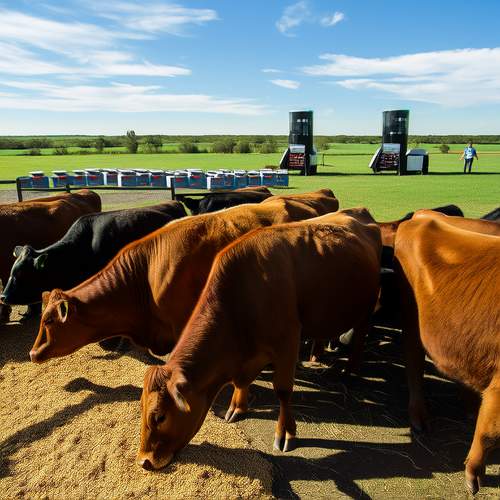
By /May 26, 2025

By /May 26, 2025

By /May 26, 2025
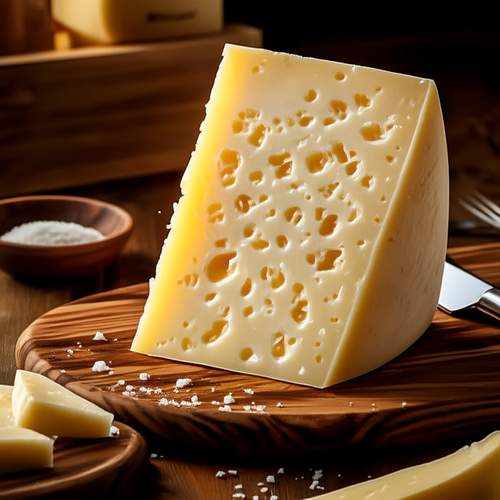
By /May 26, 2025
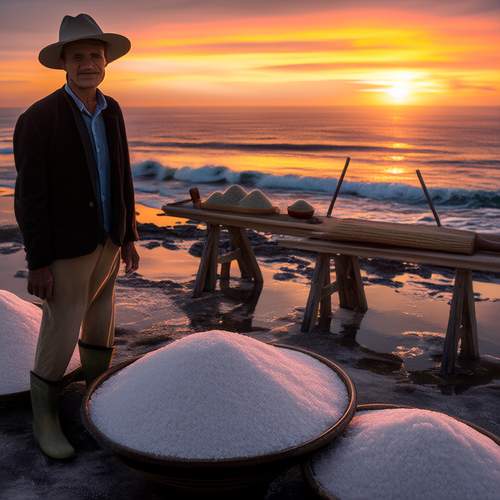
By /May 26, 2025
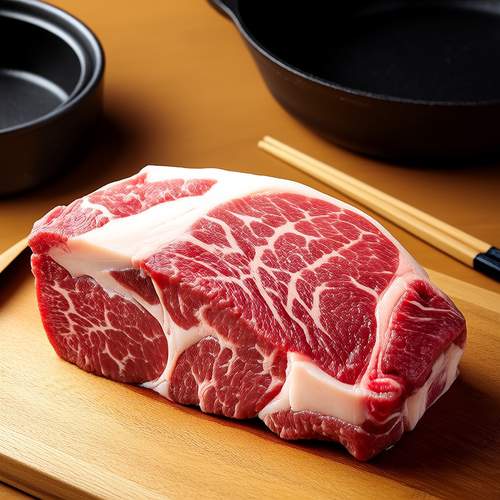
By /May 26, 2025
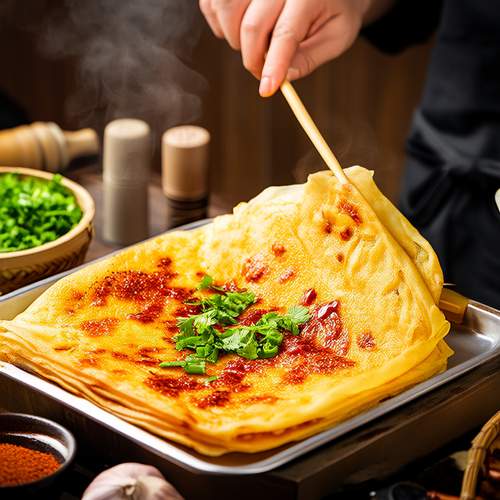
By /May 26, 2025
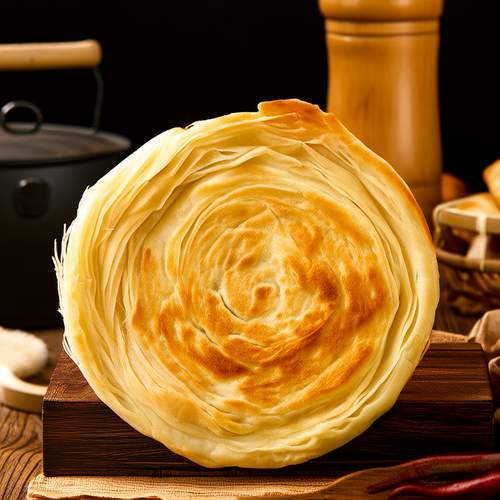
By /May 26, 2025

By /May 26, 2025
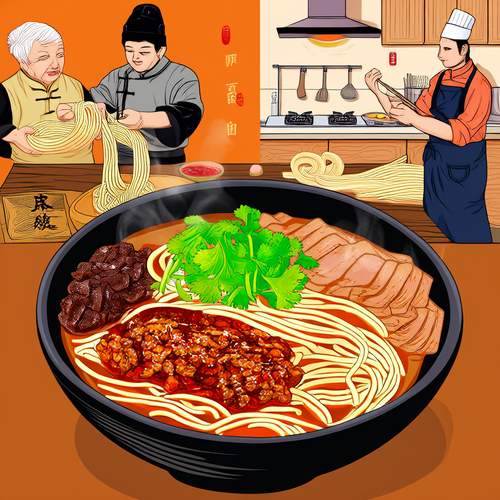
By /May 26, 2025
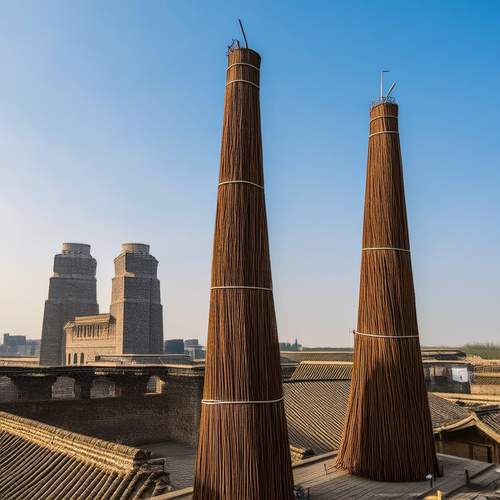
By /May 26, 2025

By /May 26, 2025
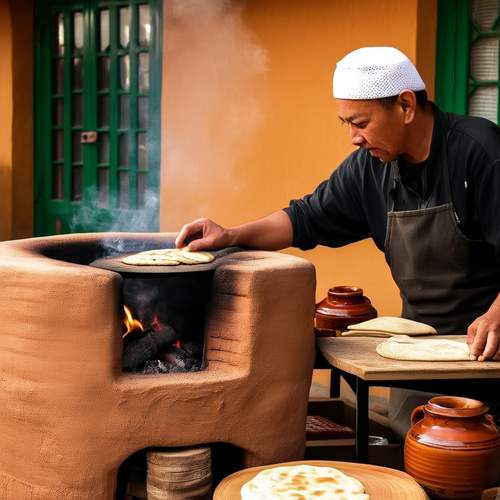
By /May 26, 2025

By /May 26, 2025
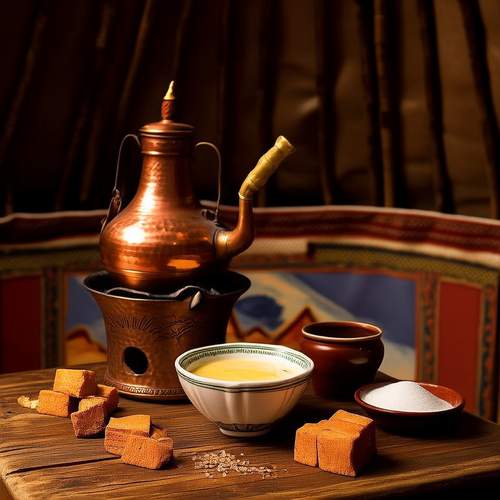
By /May 26, 2025
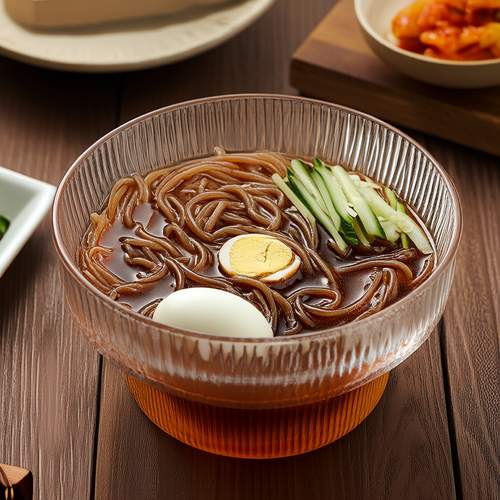
By /May 26, 2025

By /May 26, 2025

By /May 26, 2025

By /May 26, 2025

By /May 26, 2025